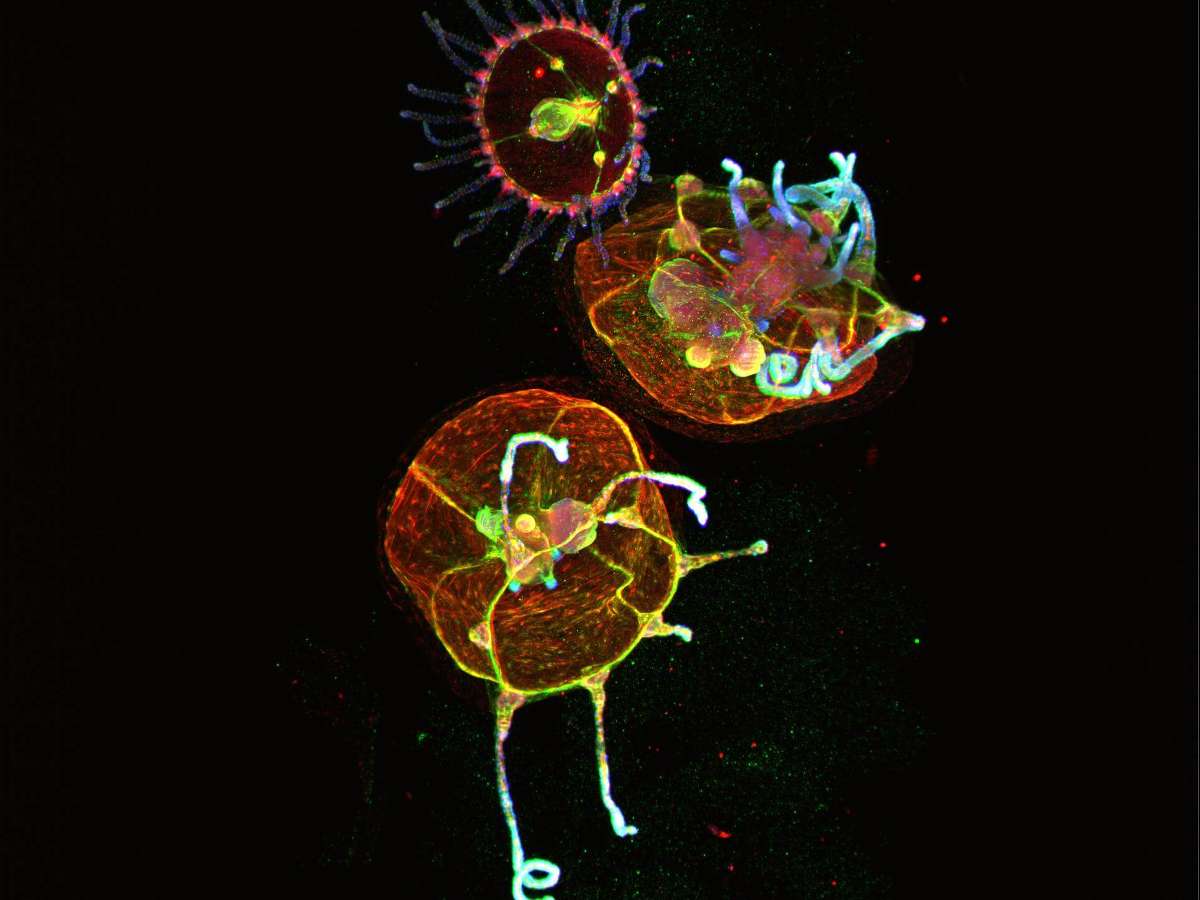In her newsletter on September 18, 2022, Heather Cox Richardson traced what happened between 1776 when the Articles of Confederation were written to 1787 when the Constitution was written. The Articles of Confederation stressed independent thinking – states were sovereign and free to make their own decisions independent of the impact on the other 12 states. As a result, some states clung to slavery, refused to contribute to the common good, and entered unilateral trade agreements that benefitted the individual state at the expense of the Union. In 1787, the Constitution declared the importance of interdependence. The National Government could tax for the common good, defend any state that was invaded by a foreign country, and make laws that benefitted the whole. The Constitution thus articulated a major shift from independent to interdependent behaviors and attitudes. For a deeper dive, see my posts on the constitution as a culture audit and the importance of interdependence. (https://rickbellingham.com/2017/11/21/the-constitΩßution-as-culture-audit/ https://rickbellingham.com/2014/06/11/interdependence/).
Over the last few years, I have been working with Rotary Charities of Traverse City to generate innovative ideas for inculcating interdependent attitudes and behaviors in our Northwestern Michigan community. Rotary Charities, a generous contributor to many organizations in the Region, has several systems thinkers on staff to help organizations take more systemic approaches to complex culture change challenges. Drawing on many sources, they developed a model that illustrates the importance of individual and collective mindsets in achieving sustainable changes. They make the point that many organizations first attempt to effect changes through policies, procedures and programs. While all of those changes are important, complex problems are rarely solved unless the underlying power dynamics shift and the networks of relationships are understood and invested in solving the problem. What often happens is that the people who are most affected by change, but who have the least amount of power, are excluded from the change process.
The critical variables in successful change efforts, however, are the individual and collective mindsets that underlie all the procedures, programs, policies, networks, and positions of power. In short, culture eats strategy for lunch. For example, think of the dramatically different mindsets and worldviews of Republicans and Democrats in Congress and the truth of this statement becomes crystal clear. If people are locked into their respective beliefs, they undermine whatever changes the other side is trying to implement through their behaviors and attitudes. Just as many states did over 200 years ago, they revert to an independent and competitive mindset that blocks the way to successful change. The question, however, is not “Who do we shame and blame for the mess we are in?” Instead, the question is, “How can we work together to solve the complex problems we are facing?” You can’t hide behind ideology to avoid owning behavior.
About a year ago, I wrote a post on the importance of building interdependent relationships in our community (https://rickbellingham.com/2021/09/12/more-relating-less-competing/). I shared how we had hired a community building and economic development firm, 13 Ways, to help us get unstuck from our intractable mindsets, and to navigate the changes the community needed to make in order to survive and thrive. About the same time, I wrote another post on how the Grand Traverse Regional Land Conservancy has embraced the idea of radical interdependence and, as a result, has achieved incredible success in solving complex problems requiring a systemic approach (https://rickbellingham.com/2021/11/19/collaborative-communities/)
As a result of my work with Rotary Charities, the Land Conservancy and our community, I attempted to specify the behaviors and attitudes required for sustainable change. Below is the simple instrument I created to help individuals look into the mirror and reflect upon the frequency with which these behaviors and attitudes manifest in their daily lives. When I took it myself, I found there were many behaviors and attitudes I could exhibit more frequently in my interactions with others. I invite you to complete the instrument for your edification and amusement. Please use this scale to answer each statement.
5.0: Almost Always
4.0: Most of the Time
3.0: Frequently
2.0: Occasionally
1.0: Almost never
|
Behaviors (What I do with others) |
Frequency |
|
I am inclusive of those with the least power |
|
|
I co-create with others |
|
|
I leverage available resources |
|
|
I name the dynamics in the room |
|
|
I share power |
|
|
I seek different perspectives |
|
|
I inquire about other’s thoughts and feelings |
|
|
I look for patterns and connections |
|
|
I seek feedback |
|
|
I challenge limiting beliefs |
|
|
I reach across boundaries |
|
|
I focus on the causes of problems more than the symptoms |
|
|
I experiment with new ways of doing things |
|
|
I plan for the long term |
|
|
I count on others to do what they say and say what they do |
|
|
I point out contributions instead of attributions |
|
|
I make work fun |
|
|
Attitudes/Characteristics (How I “Am” with others) |
|
|
I am comfortable with change (Confident) |
|
|
I welcome evidence (Welcoming) |
|
|
I am open to new ideas (Open) |
|
|
I share my thoughts and feelings (Transparent) |
|
|
I assume positive intentions (Trusting) |
|
|
I am patient (Patient) |
|
|
I support my colleagues and fellow citizens (Supportive) |
|
|
I learn from success and failure (Curious) |
|
|
I adapt to changing conditions (Adaptive) |
|
*Adapted from Habits of a Systemic Mindset developed by Rotary Charities of Traverse City
If you are like me, after taking this survey, you were a bit surprised by the possibilities for improvement. I encourage you to share this instrument with any groups who are undertaking a complex problem requiring a systemic approach to change. By all means, revise the policies, procedures and programs that need to be changed in order to be successful. Analyze the power dynamics that exist in your organization and look for opportunities for power sharing. Study the networks of relationships that influence individual and collective thinking and look for opportunities to leverage those networks for positive change. AND, most importantly, hold up the mirror to every person who will be affected by the changes being proposed and implore them to increase the frequency with which they manifest these behaviors and attitudes. Start with yourself.
I believe that sustainable change is only possible through a shift from an independent mindset to a more interdependent one. I’m hoping more of us can shift the ways we think, relate and plan so that we can solve the complex problems we are facing through radical interdependence. I’m hoping that enough people cross the bridge from an independent culture to an independent culture that we actual start solving the complex problems we face. May it be so.
Also published on Medium.




Thank you Ricky!
Very fine did you take us through considering the steps all the way to creating some new dialogue and community.
Your instrument is a lovely example of your expertise
I would love to copy it and paste it A few places
But it would be quite a labor do use my swiping feature on my phone here
Do you have it someplace as an attachment they can be passed on and shared?
Thank you
Loving blessings